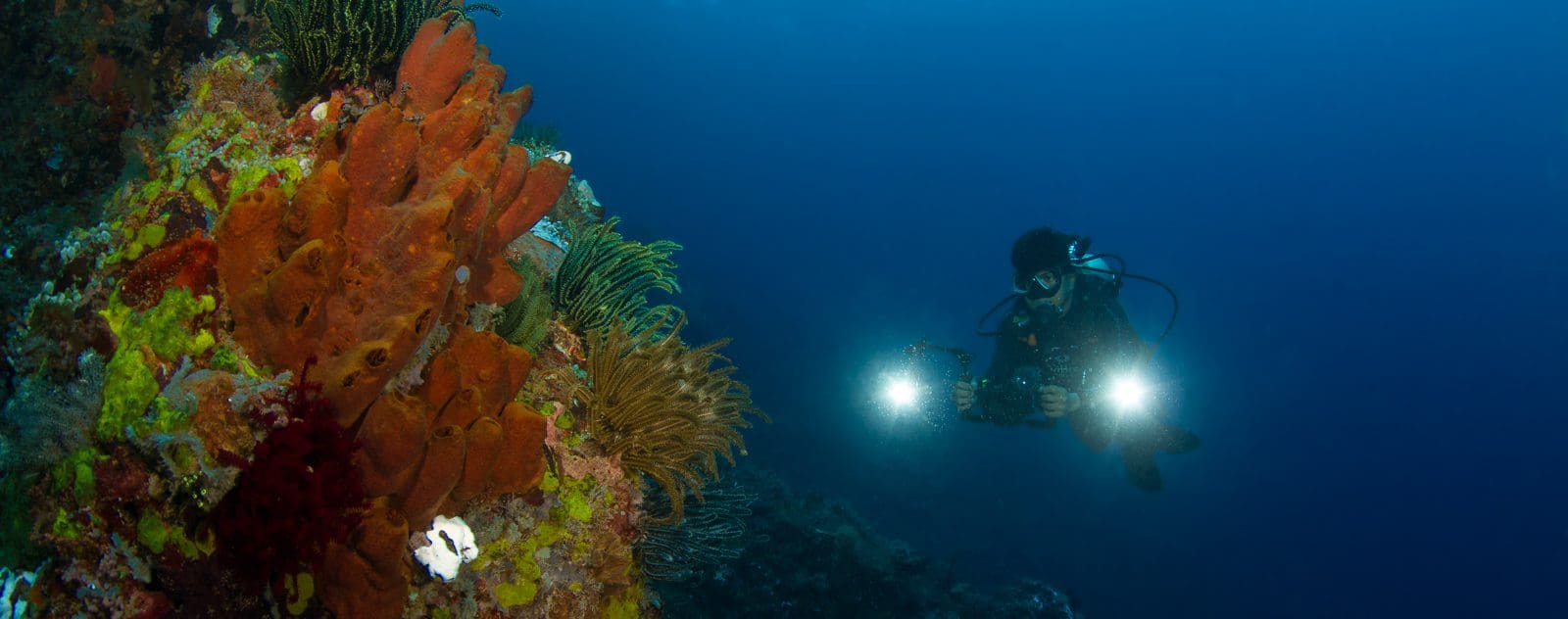Mastering Buoyancy for Muck Diving in Lembeh
Diving in Lembeh is world famous for its incredible muck diving and rare and unusual marine life. But what is muck diving and what’s the best way to tackle it? Muck diving refers to the fine sediment which is found at most of our dive sites. This sediment is very easily disturbed and unlike sand, which is made up or larger and heavier particles which settle relatively quickly, “muck” is like a fine dust which can remain suspended in the water column for much longer. These clouds of disturbed sediment limit visibility for spotting critters and create back scatter for underwater photographers – this is why buoyancy control is the single most important skills to master for muck diving!
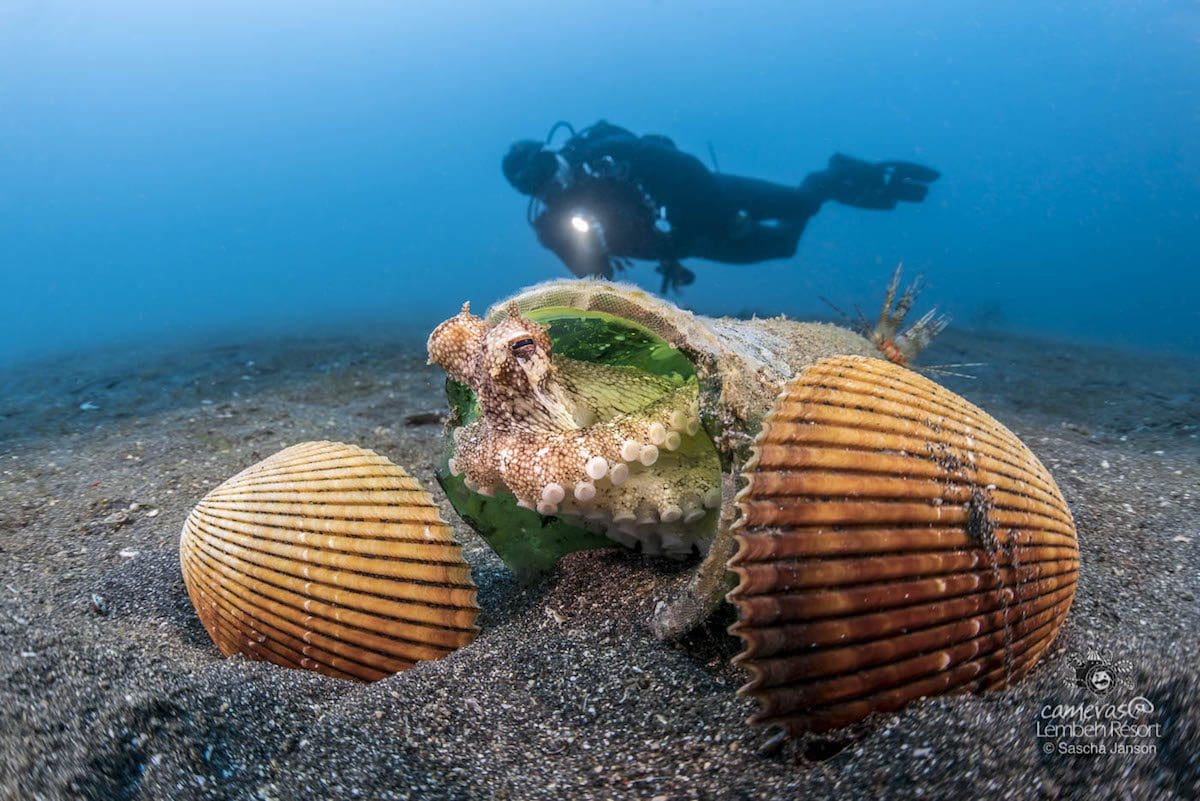
Factors that Affect Buoyancy and Weighting
Exposure Suit: Remember that your wetsuit is made from neoprene which is extremely buoyant. The more neoprene you are wearing the more weight you will need. For example, you will need more weight when wearing a 5mm long suit than when wearing a 3mm shortie. Drysuits also require more weights than wetsuits. A new wetsuit will also be more buoyant than one which has made many dives and has become thinner through wear.
Location: You will always be more buoyant in salt water than in fresh water so if you are used to diving in lakes you’ll need to carry more weight in Lembeh. Some areas of sea water also have higher salinity levels than others and will require more weight.
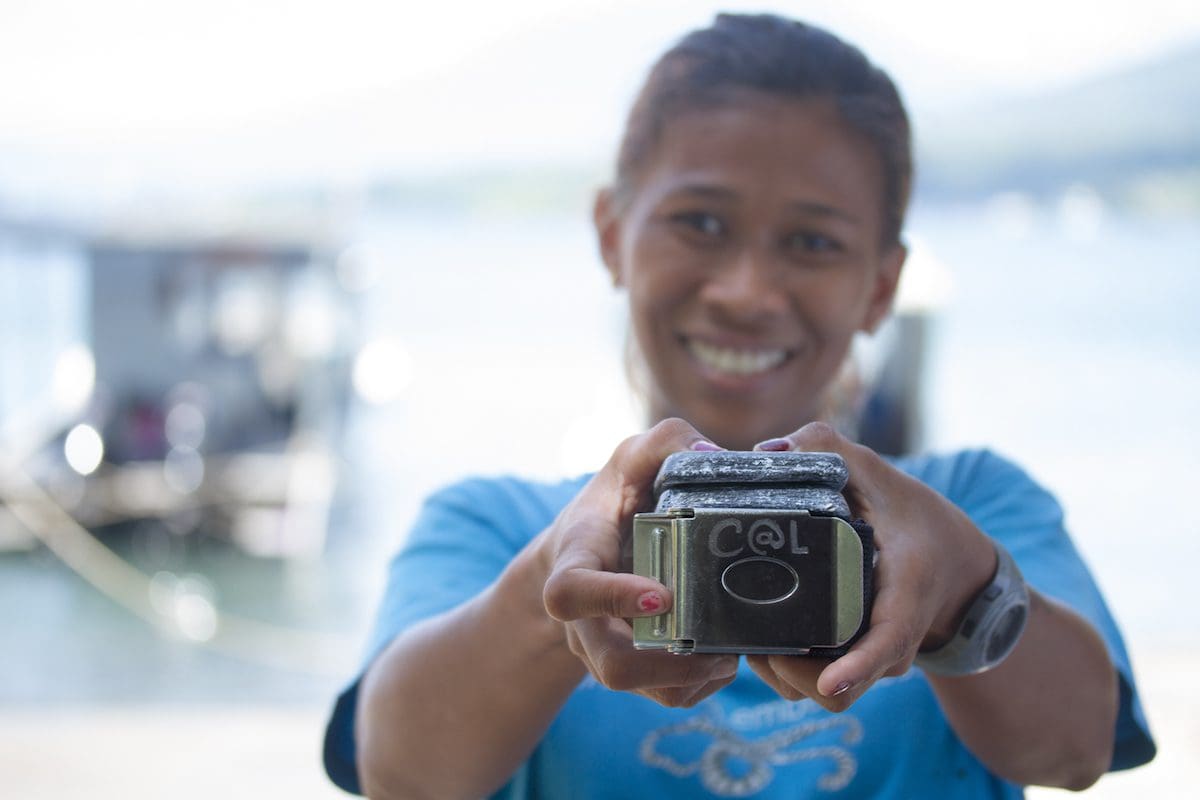
Avoid Over Weighting
You should have enough weight to remain at your safety stop at the end of the dive (when your tank is at 50 bar) with an empty BCD. Remember that as you use your air, your tank will become more buoyant – this means that you will actually start the dive with a little extra weight to compensate (around 1kg) – this is different to being overweighted. If you are overweighted the lower half of your body will be pulled down when you are trying to swim, meaning that your fins will be below you and you risk stirring up the sediment and leaving a dust cloud in your wake. Adding air to your BCD to compensate for overweighting increases “drag” which means you’ll also use (breathe) more air than you need to.
As a general test, check at the end of your dive if you still have air in your BCD when you are at 5 meters – if you do, it’s more than likely you can drop a weight for your next dive!
Using Breath Control
If you are neutrally buoyant you will find that you gently rise and fall as you inhale and exhale. Move away from the sandy slope and try taking a few breathes in and out to check your buoyancy. Be careful of reacting too quickly as it takes some time for the rise and fall to take effect. If you need to add or release air from your BCD, do so in very small increments.
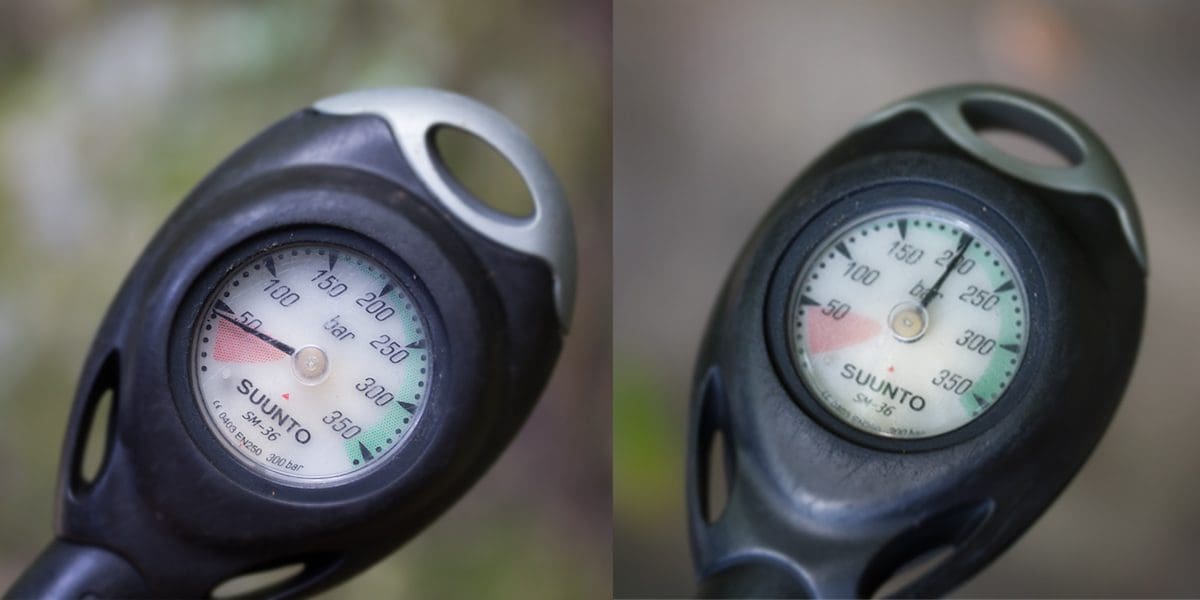
Make Small Adjustments as Required
As you go deeper, your exposure suit and the air in your BCD will compress so you’ll need to add more air to compensate. Do so a little at a time to avoid sinking too fast and then over inflating and later needing to dump air. As you ascend the air in your suit and BCD will expand so you’ll need to release air a little at a time.
Releasing Air from your BCD
Remember that air bubbles travel upwards (think about coca-cola). When releasing air from your BCD you’ll need to stretch your inflator hose upwards. If there is only a little air in your BCD, you need to “help it” find its way to the surface. Try pushing your shoulders back and if necessary dipping your right shoulder down to make your left shoulder, where the inflator hose attaches to your BCD, the highest point. If you are in head down position and find that you need to release air quickly remember that the highest point in your BCD is now at the bottom of the BCD so use the dump valve located slightly behind you at the base of the BCD.

Trim
We all want to experience comfortable dives which allow us to swim in a horizontal position. Most modern BCD’s allow for weights to be distributed in a number of ways. Most divers place their weights in the integrated weight pockets on either side, at the front of the BCD. If you find this is pulling your hips forward, try using the tank pockets or tank strap to add a weight behind you. Don’t forget there is no shame in carrying a weight belt as well if you want to spread the weights around even more.
Finning for Muck Diving
Once you have achieved neutral buoyancy you’ll find you can swim horizontally with ease and comfort. When muck diving the ideal finning technique is similar to that used by cave divers. Try to bend at your knees so that your fins are up and behind you – this will prevent them from trailing in the sediment. When you are kicking, aim to adopt a “froggie-style” kick rather than the traditional scissor-kick. Swim behind one of our Dive Guides to see how they do it!
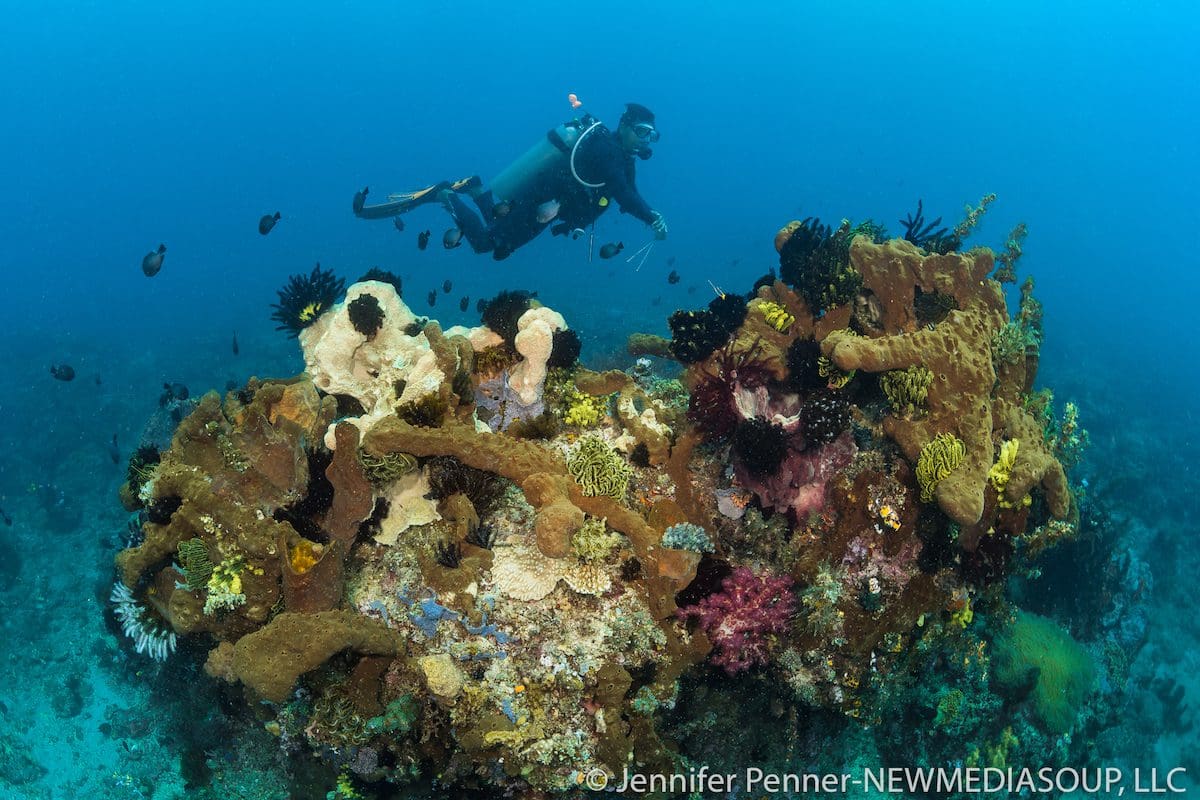
Buoyancy and Underwater Photography
Once you have mastered the art of neutral buoyancy you’ll find that the quality of your underwater imaging increases ten fold. You’ll be able to achieve better focus, without camera shake and you’ll find it easier to stay in one place for longer periods while making camera adjustments and lining up your shot. Best of all you’ll find you have clearer pictures of critters without sediment obscuring them!
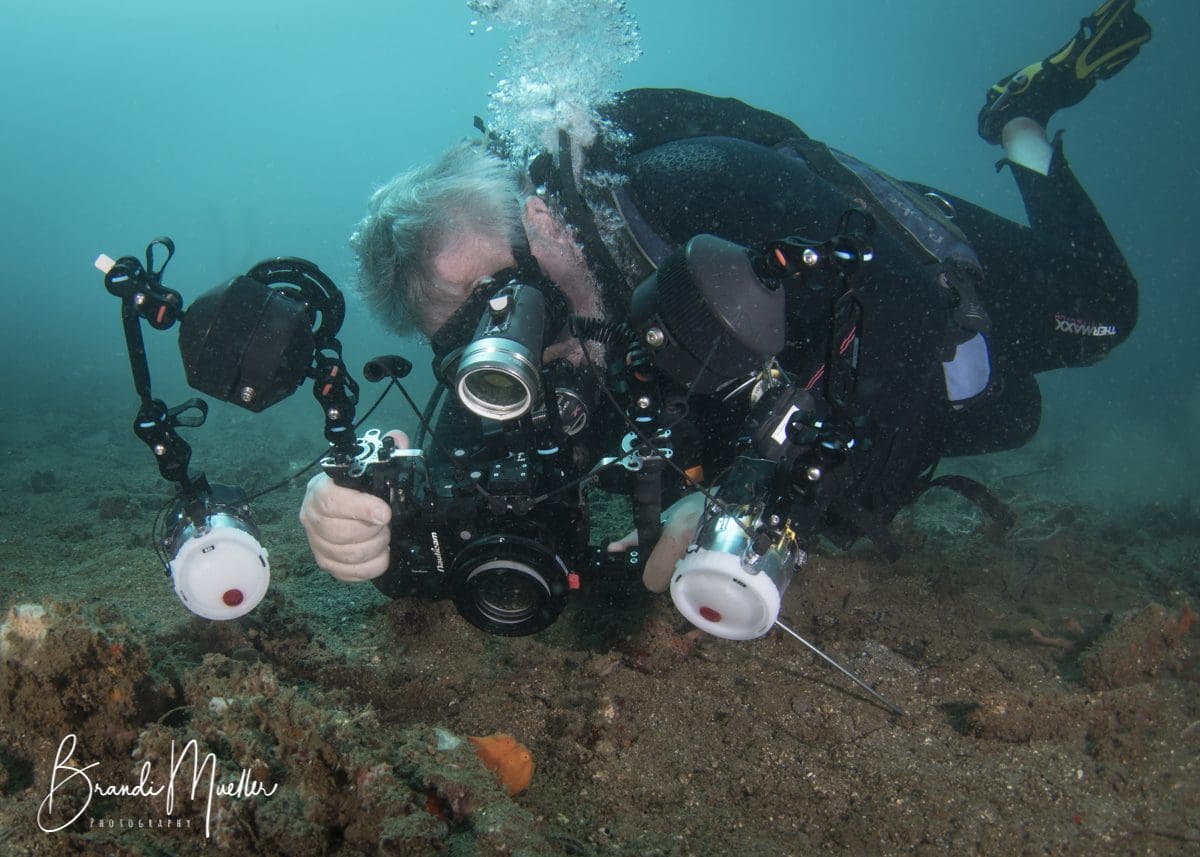
Enhance Your Muck Diving Skills at Lembeh Resort
At Lembeh Resort, our experienced team of Dive Guides possesses extensive muck diving knowledge and is always ready to assist you with any questions you have regarding weighting, buoyancy, or muck diving techniques. If you wish to refine your buoyancy skills even further, we are proud to be a PADI 5 Star Dive Resort offering both the PADI Advanced Open Water Course and the PADI Peak Performance Buoyancy Specialty Course.
Discover Lembeh Resort rates and book your diving experience now! We eagerly await the opportunity to dive with you in Lembeh. For more information or to make a booking, please contact us at reservations@LembehResort.com.


